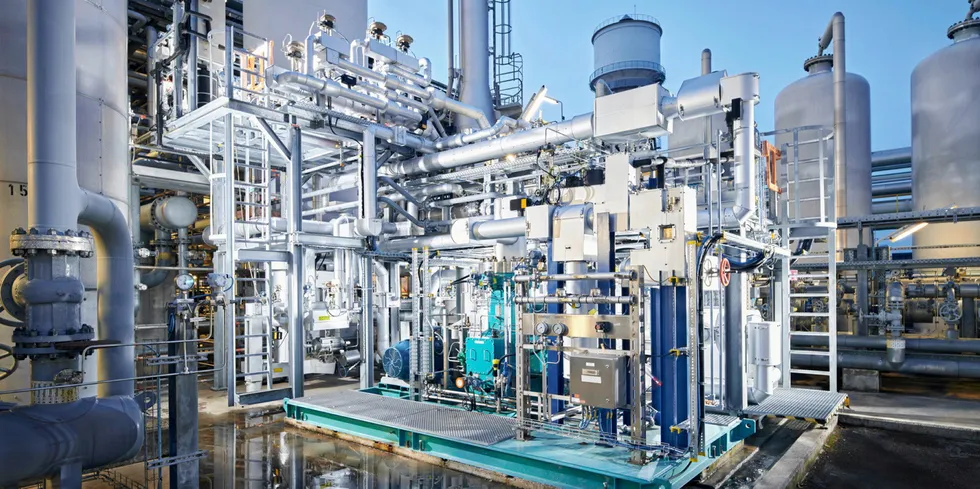'Expensive, wasteful, limited CO2 reduction: Blending hydrogen into gas grid should be avoided'
Adding 20% green H2 to Europe’s distribution networks would increase end-user costs by up to 43%, while cutting greenhouse gases by just 6-7%, says Fraunhofer Institute study
